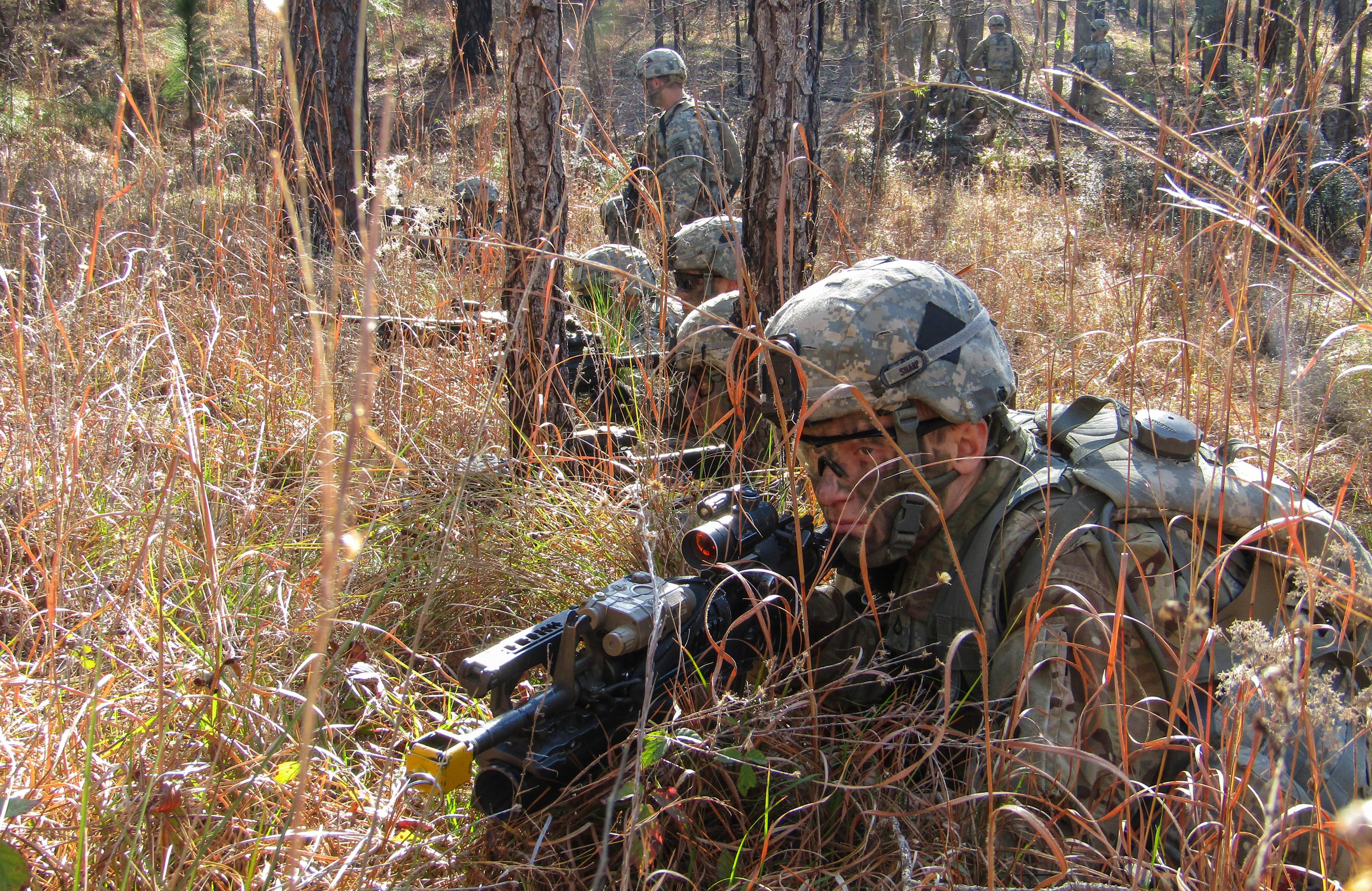It's official: the Army will delay cutting its only airborne brigade combat team in the Pacific.
The 4th Brigade Combat Team, 25th Infantry Division, stationed at Joint Base Elmendorf-Richardson, Alaska, was due to be converted into a smaller, battalion-sized task force. The move was part of sweeping cuts being made across the Army due to budget cuts; the Army in July announced the brigade was one of two scheduled to be converted. The conversion would have cut the brigade from about 4,000 soldiers down to about 1,050.
"The 4/25 is ready to rapidly deploy and conduct decisive operations in urban and mountainous environments," Acting Army Secretary Patrick Murphy said in a statement Monday. "Given continued Russian aggression, the nuclear provocations of North Korea, and the continued threat from ISIL, we need this capability."
In February, Army Chief of Staff Gen. Mark Milley testified on Capitol Hill that he wants to defer for "at least one year" any decision to convert the brigade.
"I think it would be contrary to U.S. national security interests to go ahead and pull out 4/25 at this time," Milley said Feb. 24 while testifying in front of the Senate Armed Services Committee.
Milley, in response to a question from Alaska Sen. Lisa Murkowski, said he conducted "pretty intensive study" over the last four to six months and cited Russian aggression not only in Europe but "in the Pacific, and, specifically, in the Arctic" for guiding his recommendation.
"We can't predict the future, but we want that capability in the kit bag," Milley said at the time. "We've got a national capability there that I think is worthwhile keeping. I think we need to at least keep them for an additional year."
On Monday, Milley, in a statement, called the brigade "one of the most trained and ready units in the United States Army."
Lawmakers from Alaska on Monday applauded the Army's decision. The lawmakers have pushed back against the cut, arguing that the brigade, with its airborne and extreme cold-weather fighting capabilities, provides the Army with an invaluable asset.
"Because of this decision, the Army sent a strong message that America remains dedicated to our rebalance to the Asia-Pacific, understands our leading role in the Arctic, and is unyielding in our support for our critical alliances with Japan and South Korea," Sen. Dan Sullivan, R-Alaska, said in a statement. "It also sent a message that our communities in Alaska are the most supportive too our military in the country. We have more work to do, and we will remain vigilant until the entire 4-25 stays in Alaska for good."

The Army announced Monday it will delay plans to convert 4th Brigade Combat Team, 25th Infantry Division into a smaller, battalion-sized element. Here, paratroopers from the brigade scan their sectors during a tactical movement toward an objective at the Joint Readiness Training Center's Peason Ridge on Fort Polk, La., Feb. 13, 2016.
Photo Credit: Capt. Richard Packer/Army
Murkowski, who called the initial decision to cut the brigade "shortsighted," said that in light of North Korea's provocative actions and Russian aggression, "maintaining Army strength in Alaska right now is the right answer."
Senior Army leaders also have expressed concern that a force of about 1,050 soldiers is too small to conduct a joint forcible entry exercise. In February, the brigade traveled to the Joint Readiness Training Center at Fort Polk, Louisiana, for their combat training center rotation. To kick off the training, the unit conducted a joint forcible entry exercise using a force of about 1,600 paratroopers.
A joint forcible entry operation calls for troops to seize and hold an airfield or other hostile area, which is then used to allow for subsequent troops and materiel to flow into the area.
The intent of the JRTC validation exercise, which U.S. Army Alaska officials called a success, was to help inform senior leaders as they considered what to do with the brigade.
Michelle Tan is the editor of Army Times and Air Force Times. She has covered the military for Military Times since 2005, and has embedded with U.S. troops in Iraq, Afghanistan, Kuwait, Haiti, Gabon and the Horn of Africa.




